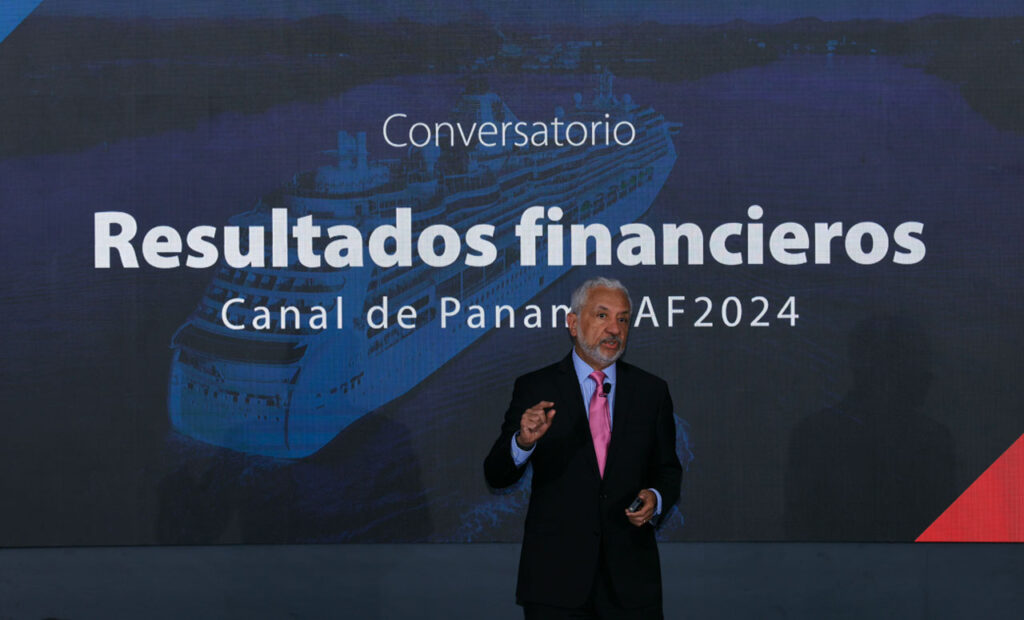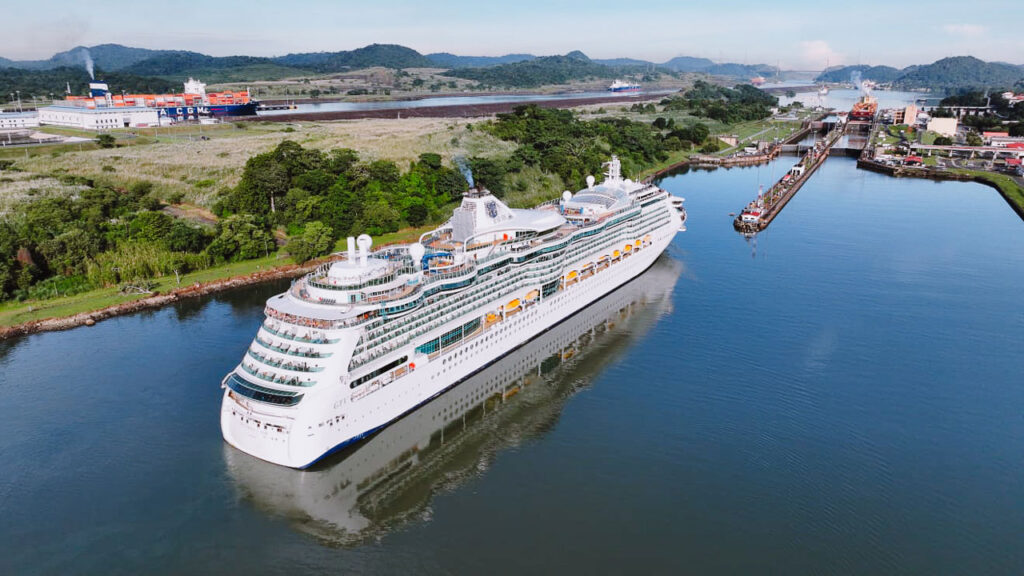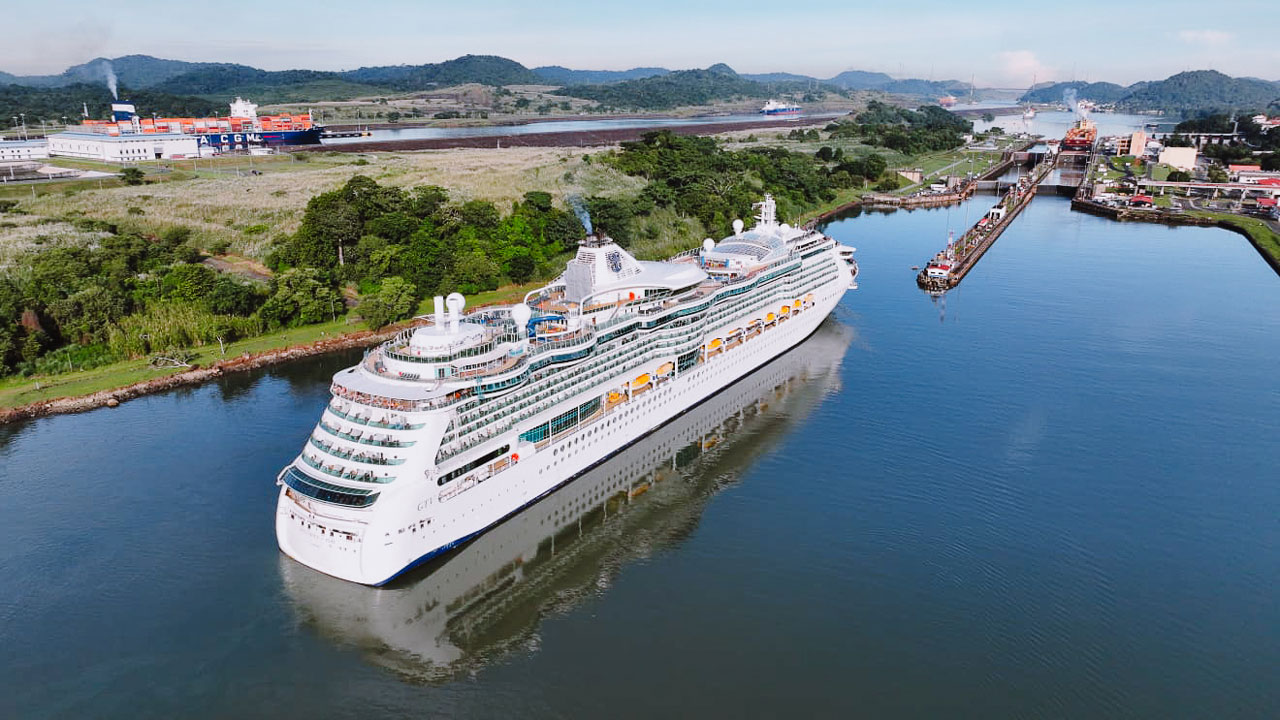The Panama Canal faced the historic challenge of a prolonged drought that impacted the Gatun and Alhajuela lakes at levels rarely seen in 110 years.

Faced with this challenge, it implemented a water-operational strategy aimed at optimizing water resource savings by prioritizing water to supply more than half of the population.
It was the commitment of its workforce that made possible the timely adoption of these water-saving measures, as well as structural and operational improvements.
On the other hand, financial strategies were adopted to achieve revenue projections, such as improvements to the reserve system and auctions. It was these strategies that made the financial results of FY2024 possible.
The financial results show total revenues of 4.99 billion PAB (209 million PAB above budget and 18 million PAB more than FY23), highlighting efficient financial and operational management despite the climate challenges experienced during 2023 and 2024.
According to these results, operating costs for the interoceanic route have decreased by 5%, and net income has increased by 300 million PAB compared to the previous fiscal year.
According to Panama Canal Vice President of Finance Victor Vial, the Canal’s revenues for the interoceanic route grew by 1% with an estimated increase of 1.8 billion PAB over five years. This reflects the reliability of the route and its resilience during the challenging pandemic period and adverse climate conditions.
Context and Strategies
Despite positive financial results, one of the most noticeable impacts of the drought on Canal operations was the decrease in the FY24 deep-draft transits, which totaled 9,944 marking a 21% reduction from FY23 due to the water-saving measures temporarily adopted last year.
Ricaurte Vásquez Morales, Administrator of the Panama Canal, has emphasized the excellent work of employees who faced the climate challenge of reduced rainfall caused by El Niño. This required implementing a series of water saving measures and sustainability actions to preserve Panama’s profitability and reliability as a maritime route.
“Our financial strategies are complemented by environmental initiatives to ensure the canal’s sustainability in the future. This approach ensures our operational resilience and strengthens our financial position for a new era of investments,” Vásquez said.

Key financial strategies implemented to achieve projected revenue, despite reduced ship transits, included the Freshwater Surcharge (Cargo por Agua Dulce or CAD), improved water yield through structural and operational upgrades, system enhancements for reservations and auctions, and maritime service operations, which ensure safe and efficient transits.
A Canal for the Future
Amid the drought that affected the region during FY24, the Panama Canal Administration promptly implemented draft and transit adjustments to ensure sustainable water use, prioritizing more than 50% of the population that relies on their water supply from Lakes Gatun and Alhajuela.
Despite the challenges El Niño presented in 2024, the Panama Canal demonstrated remarkable resilience thanks to its workforce that maintained the interoceanic route’s operations.




